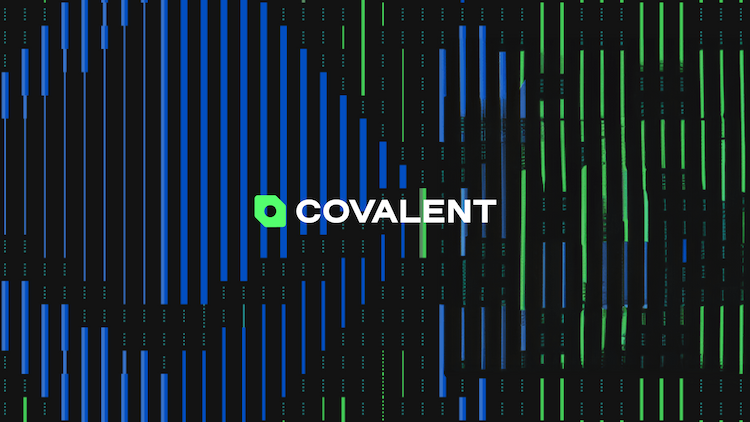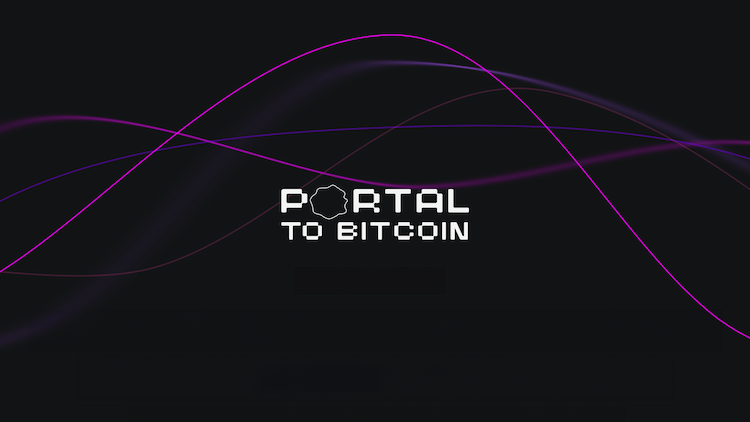
The development of blockchain technology is revolutionizing traditional gaming by combining DeFi and NFTs, allowing for digital asset ownership. Nonetheless, despite these advancements, scalability remains a major challenge in Web3 gaming. Rollups have emerged as a promising solution, improving blockchain network efficiency by processing off-chain transactions more quickly and cost-effectively while maintaining security.
Another challenge in the Web3 gaming industry involves balancing on-chain infrastructure with in-game content and addressing network congestion. With numerous blockchain networks supporting Web3 games, one blockchain that has gained significant attention in recent years is Solana. This blockchain has demonstrated scalability and durability thanks to its virtual machine (SVM), which can process thousands of transactions per second at a low cost.
Sonic, is the first atomic gaming SVM Layer 2 and tackles the abovementioned challenges by integrating SVM into the core of its project. Sonic is the first atomic SVM chain designed to enable sovereign game economies on Solana, aiming to expand the Solana Gaming Ecosystem.
This month’s project review explores Sonic's features, deep dives into the Hypergrid, and highlights the team’s upcoming roadmap.
What is Sonic?
Sonic is the first L2 blockchain based on Solana that allows independent game economies by leveraging the Solana Virtual Machine (SVM) chain. Sonic is built on top of HyperGrid, a parallel processing framework that enhances Solana’s infrastructure. Sonic brings customizability and scalability while adhering to the core standards of the Solana blockchain.
Developed by Mirror World Labs, Sonic aims to create new opportunities for game developers and players. Sonic combines Solana’s speed with the customizability of game-specific rollups to launch thousands of games onto Web3. Sonic's modular architecture empowers developers to create tailored blockchain economies by integrating their chosen game engine and virtual machine. Sonic also offers integrated payment, settlement, and user engagement tools crucial for building successful Web3 games. Ultimately, Sonic seeks to expand the Solana Gaming Ecosystem, enabling games to process millions of requests per second and settle them back onto Solana’s L1.
Since Sonic’s launch in March 2024, the project has already onboarded several top-tier partners from the wider crypto space, including Solana, Helius, OKX, MoonPay, and more. Furthermore, the project has two avenues for games and developers within Web3 to join its ecosystem.
The team launched on Testnet in June 2024. Since then, the project has already reached significant milestones, boasting over 2 million monthly active wallet participants generating more than 600 million transactions.
Products: Gaming SVM and HyperGrid
Sonic is built to enable scalable, sovereign game economies on Solana, utilizing several key technologies and products that enhance performance, customizability, and user experience. As mentioned above, Sonic's core is HyperGrid, Solana's first concurrent scaling framework. HyperGrid provides a scalable, customizable infrastructure that allows multiple games and applications to operate simultaneously without compromising performance. It achieves horizontal scaling by parallelizing execution across numerous grids, which helps Sonic manage millions of transactions per second and maintain seamless operations, Sonic is built on one of these grids.
Furthermore, the HyperGrid architecture uses a shared sequencer network to coordinate transactions across different grids and settle on the Solana mainnet. This design allows for atomic interoperability, meaning transactions can be processed across different grids consistently and reliably.
Here is how the HyperGrid Works
HyperGrid operates under two main components:
- Grids: Configurable SVM rollups for optimized performance
- HyperGrid Shared State Network (HSSN): Shared validator network for deployed Grids. It provides an interoperability interface for Grids and serves as a consensus layer for Grids that seek to roll up state transitions to Solana securely.
The HyperGrid has a transaction flow from the grid to the user with these components. This is how it works:
- Execution: Transactions are ingested and executed by the Grid.
- Compression: State transitions are rolled up and compressed.
- Proof Generation: Proofs are created for each slot, with root state hashes committed for each block.
- Proof Commitment: Proofs are sent to HSSN to prevent state collisions and ensure validation on Solana.
The main reasons the team built Sonic on HyperGrid were due to the following features:
- Horizontal Scaling
- Game-Specific SVM
- Custom SVM Runtimes
- Atomic Interoperability
Team and Fundraising
Sonic is led by Founder and CEO Chris Zhu. Chris previously worked at top tech companies such as Bytedance (TikTok) and a generative AI startup in Silicon Valley. He has built Sonic and assembled a team of experts focused on creating a stronger solution for the Solana gaming ecosystem.
In June 2024, Sonic secured $12 million to further develop and expand within the Solana gaming ecosystem. Bitkraft led the round, with participation from Galaxy Interactive, Big Brain Holdings, Morningstar Ventures, and others. The $12M fundraiser follows an earlier $4M seed round raised in 2022, bringing total fundraising to $16M.
What’s Next for Sonic?
In the upcoming months, the team will continue working on new features and versions of its Testnet, with, for example, the launch of the Sonic Frontier, which will see the launch of the HyperGrid. Furthermore, the team is looking to continue expanding its ecosystem of partners and games and find more members for its team.
Furthermore, the team also has an ambassador program to recruit passionate members of their community who want to contribute to Sonic by promoting the project, expanding its influence, and engaging with other global communities. Ambassadors will write content, host events, manage social media, and produce videos. They will receive support and resources from the Sonic team, significantly enhancing the community's interaction and growth.
Ambassadors will benefit from marketing collaborations, event sponsorships, exclusive rewards, and direct access to the Sonic team. The program also offers opportunities to attend Sonic-related events, receive Sonic-branded merchandise, and gain recognition within the community. The program is open to anyone interested in helping shape the future of Sonic and the Solana Virtual Machine (SVM).
Learn more and apply:➡️ here
Learn more about Sonic
🌐 Official website: sonic.game
🐦 Official Twitter: x.com/SonicSVM
🕹️ Discord channel: discord.com/invite/joinmirrorworld
📖 Whitepaper: docs.sonic.game/



